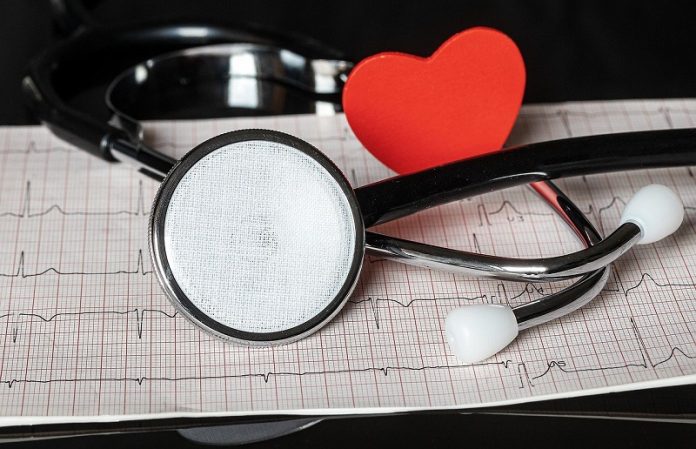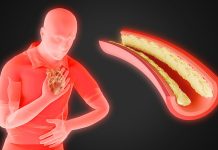
Heart disease does not discriminate, yet the way it manifests can be quite different between men and women.
For a long time, heart attacks were considered a predominantly male issue, but this misconception has been debunked.
Heart attacks in women are a significant concern, with symptoms and risk factors that often differ from those in men.
This review shines a light on the eight symptoms and key risk factors of heart attacks in women, aiming to increase awareness and improve outcomes.
Traditionally, a heart attack is portrayed by sudden, intense chest pain. However, for many women, the reality is more subtle, with symptoms that can be easily overlooked. Understanding these can be a matter of life and death.
Chest pain or discomfort: While also common in men, women may experience this more as a pressure or tightness. It’s worth noting that in some women, a heart attack may occur without any chest pain at all.
Pain in the arms, back, neck, or jaw: This pain can be gradual or sudden and is sometimes mistaken for muscle soreness rather than being recognized as a heart-related issue.
Stomach pain or discomfort: Often mistaken for heartburn, the flu, or a stomach ulcer, some women experiencing a heart attack may have abdominal pain or nausea.
Shortness of breath, nausea, or lightheadedness: If you find yourself gasping for air or feeling dizzy without having exerted yourself, it could be a sign of a heart attack.
Sweating: Breaking out in a nervous, cold sweat is common among women who are having a heart attack.
Fatigue: Some women who have heart attacks feel extremely tired, even if they’ve been sitting still for a while.
Sleep disturbances: Trouble sleeping could also be a sign of a heart attack in women, even without feeling any chest discomfort.
Anxiety: Women might experience a sense of impending doom or extreme anxiety before or during a heart attack.
It’s crucial for women to recognize these symptoms and seek medical help immediately if they experience them, as early intervention can significantly improve outcomes.
Now, let’s talk about risk factors. While some risk factors for heart attacks are common to both men and women, such as high blood pressure, high cholesterol, obesity, and smoking, there are certain factors that play a more significant role in the development of heart disease in women:
Diabetes: Women with diabetes are at a higher risk of heart disease than men with diabetes.
Mental stress and depression: Women’s hearts are more affected by stress and depression compared to men’s. Managing stress and mental health is crucial for preventing heart disease.
Smoking: Smoking is a more potent risk factor for heart disease in women than in men.
Menopause: Low levels of estrogen after menopause pose a significant risk factor for developing cardiovascular disease in the smaller blood vessels (microvascular disease).
Pregnancy complications: High blood pressure or diabetes during pregnancy can increase the mother’s long-term risk of high blood pressure and diabetes and can make women more likely to get heart disease.
Understanding these symptoms and risk factors is key to prevention and early intervention. Women should not only focus on their overall lifestyle and health but also be aware of the unique signs and risks associated with heart attacks.
By paying close attention to their bodies and seeking medical advice when needed, women can take significant steps toward protecting their heart health.
If you care about heart health, please read studies about the best time to take vitamins to prevent heart disease, and scientists find how COVID-19 damages the heart.
For more information about heart health, please see recent studies about Aspirin linked to higher risk of heart failure, and results showing Blackcurrants could improve artery functions, blood pressure in older people.
Copyright © 2024 Knowridge Science Report. All rights reserved.



